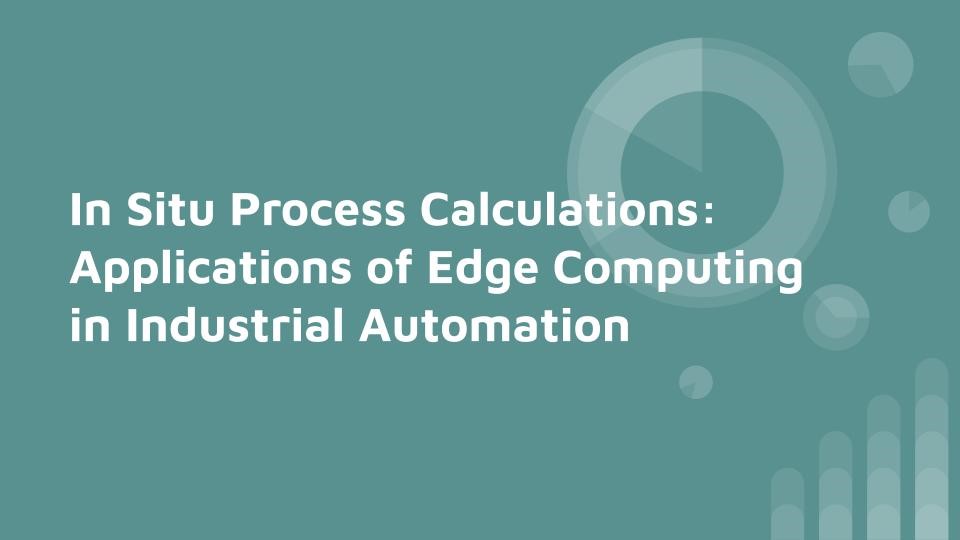
“Digital technology, pervasively, is getting embedded in every place: every thing, every person, every walk of life is being fundamentally shaped by digital technology — it is happening in our homes, our work, our places of entertainment. It’s amazing to think of a world as a computer. I think that’s the right metaphor for us as we go forward.” – Satya Nadella, CEO of Microsoft
It seems as if in our worlds, the moment we get used to one thing, there is a change. In the IT world, database systems were once the order of the now. Then the cloud emerged, and changed the capabilities of how much data we could store, and the price that we paid for it. With the adaptation to the cloud, we are now in the process of another transition, one that will actually bring us back closer to home, the in situ features that are brought to us by Edge Computing.
While all advents of the industrial revolution are actually optimizing industrial operations, there is always room for growth and development. The cloud has one flaw in its perfect operations. It cannot work if there is no internet connectivity. Equipment that are not connected to the cloud such as some tools, and work stations, will not be able to process data if they are not connected to the database that the cloud provides.
Edge computing steps into place, in order to bridge this gap, and allow for operations calculations to take place on units that are not connected to the cloud.
What is edge computing?
As an independent data handling system, the activities and operations of a system can actually be performed in situ with cloud computing. By integrating a computer system with relevant industrial equipment, edge computing makes this possible. Appropriate boundaries can be set, that enables the device to communicate with the internet. The critical element in this process will be what will be defined as the network edge.
Smart edge devices are those elements in the edge computing system, that enable the system to capture data, and process it. These are ideal for optimization of legacy systems.
While it is possible for various terminologies within the data processing realm to be thought of as used interchangeably, with a little time and focus you will see that there are indeed variations in the purposes that lead to the naming of various data processing phenomena. Fog computing is also another phenomena that the industrial IT world has exposed us to. If process elements have their network edges linked to the Local Area Network or LAN, these are defined as fog computing. In time, and with the digital evolution, edge computing will be the technology that will replace fog computing.
The benefits of Edge Computing
Edge computing is designed to deliver a wide variety of benefits. That is what makes it attractive to organizations. Firstly it is a tool that provides organizations with a high level of security, because the majority of information will be processed in situ. One example of such a case study is the utilization of a camera within a warehouse, that will facilitate the generation of information about the quality management systems that are in place. The camera can do all of the relevant image scanning processes, and then be integrated into other systems such as x-ray systems that can then identify how the system output is performing compared to a standard.
With a built in processing system, the program can then be able to do things like process and coordinate the relevant aspects of the input process in order to generate the desired outputs. Where possible, if there is any sensitive process data, it can either be filtered and sent to the appropriate team, or an alarm notified that will ensure that the relevant team members are aware. From this perspective, there will be a process improvement made, that didn’t require the system to be connected to the cloud. Everything would be done in house.
In industrial edge computing, the future will involve the process of integrating low latency computing to manufacturing facilities. As a successful endeavour in the industrial process thus far, the proliferation of this tool will only improve the system some more. With more information available to companies, enterprises can make more informed decisions. True industrial automation does require the appropriate changes. Ideally, in the drive for digital automation, the aim would be to completely integrate edge computing into as many systems as possible, that are critical to operations. While the cloud is a great tool, a balance of cloud and edge can keep systems in an ideal safe system.
